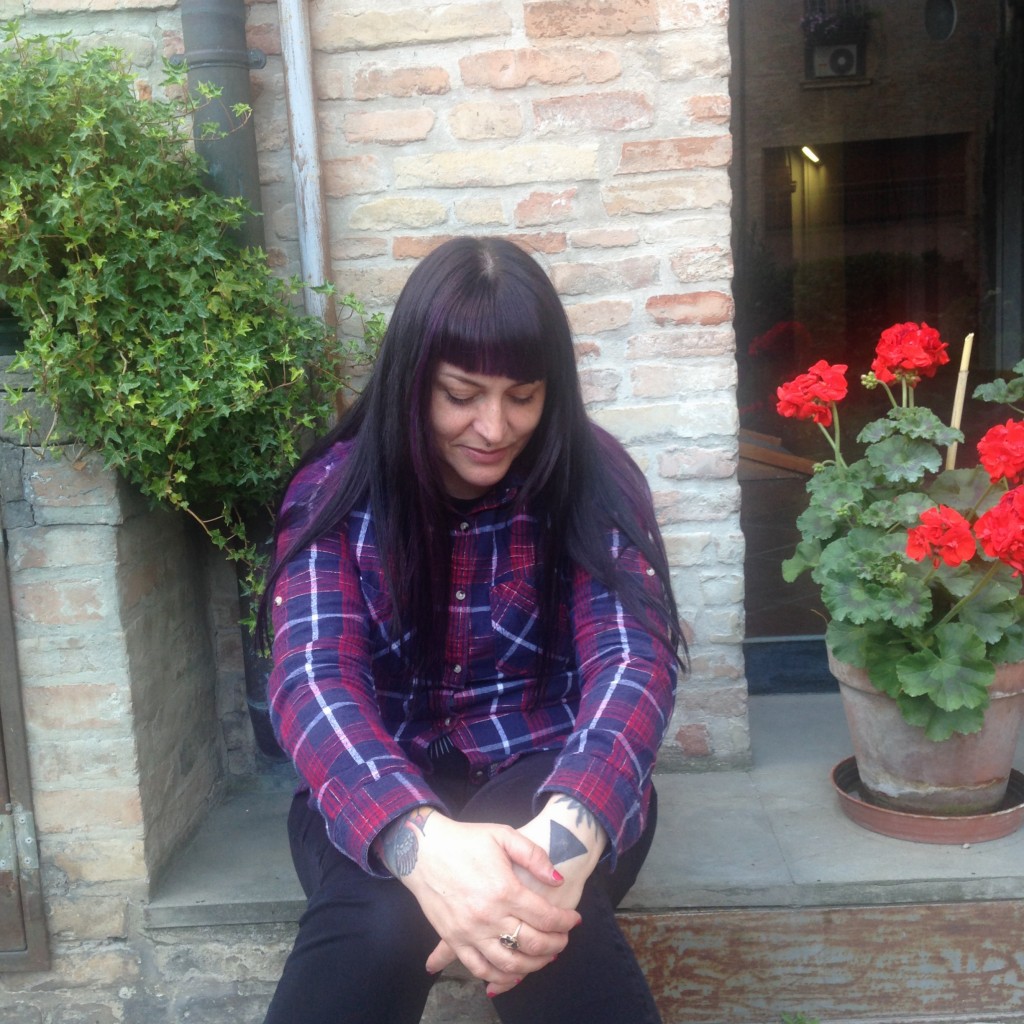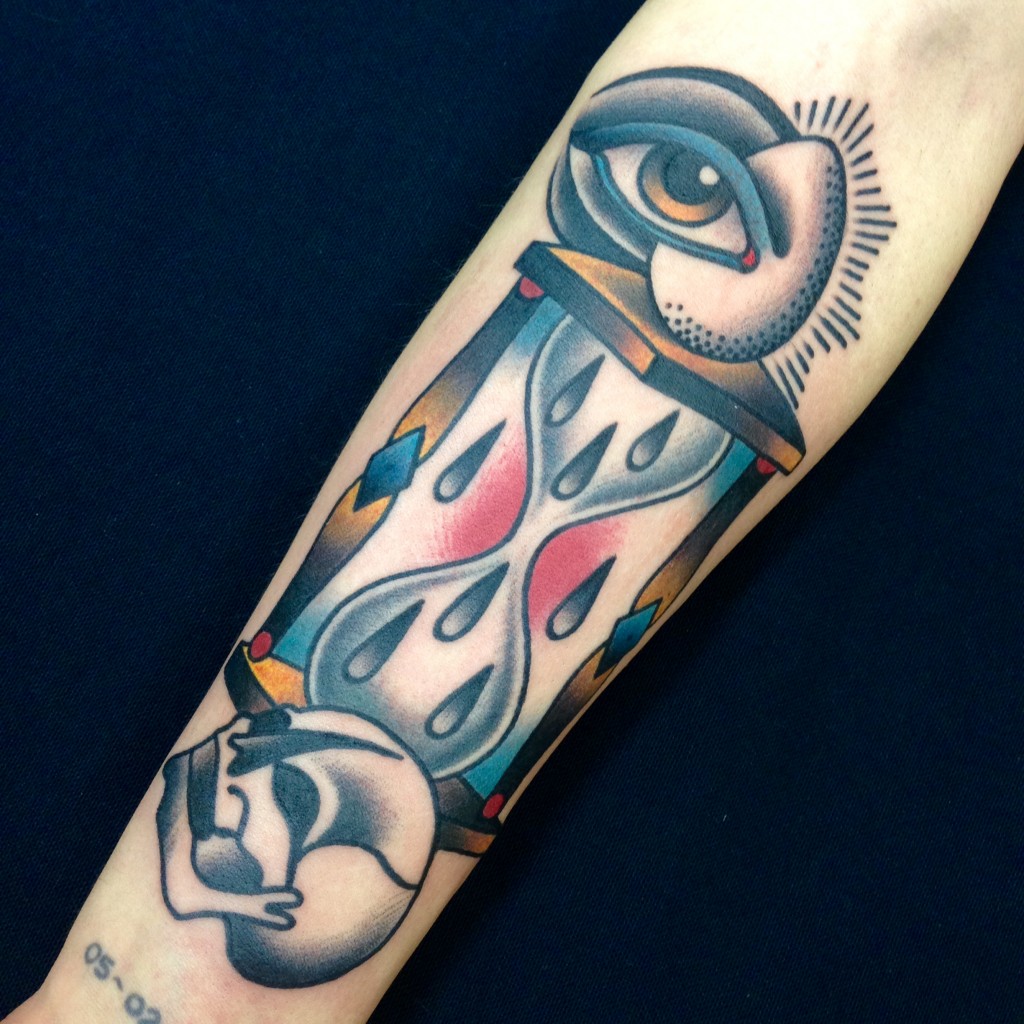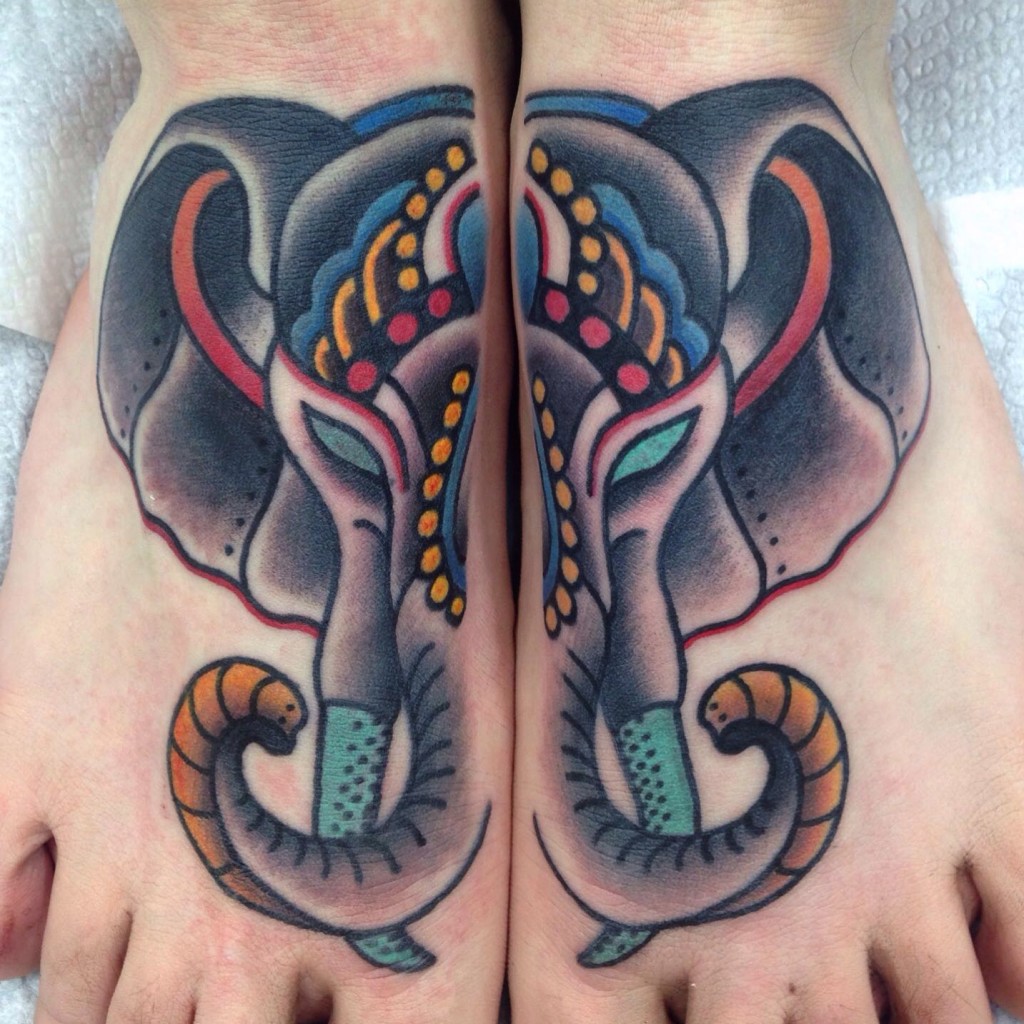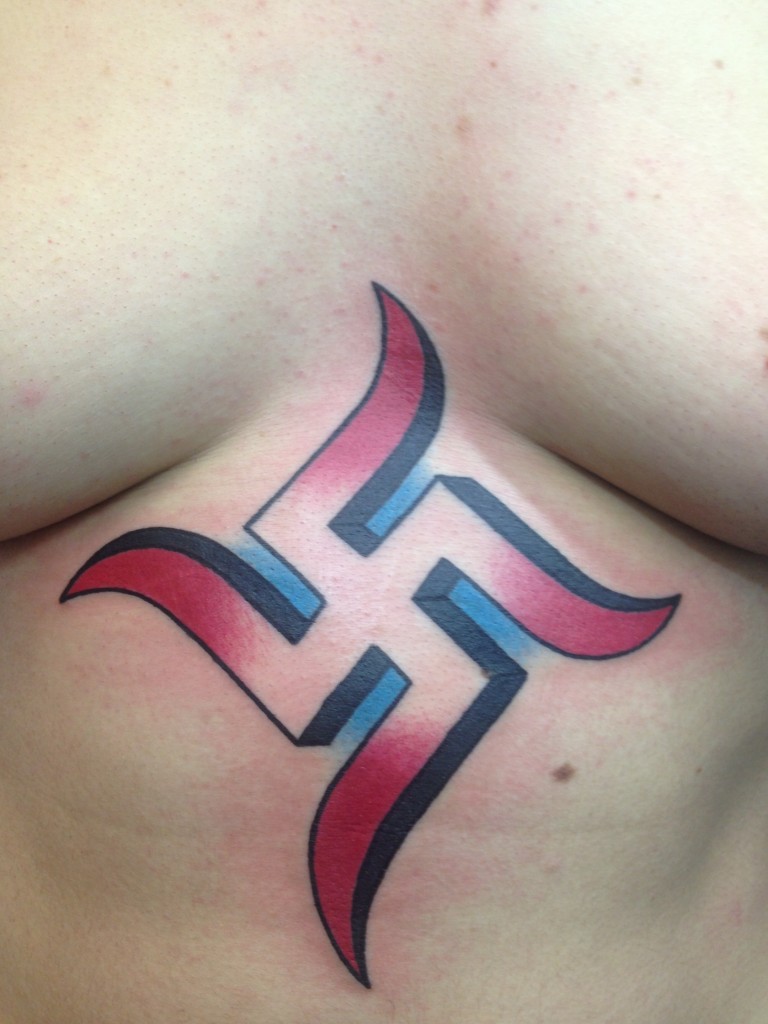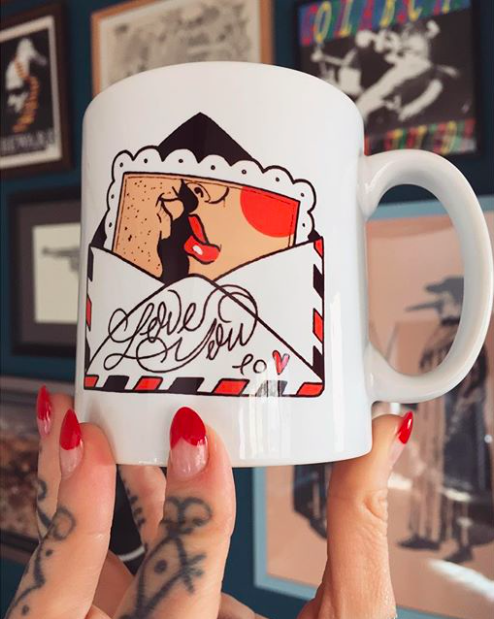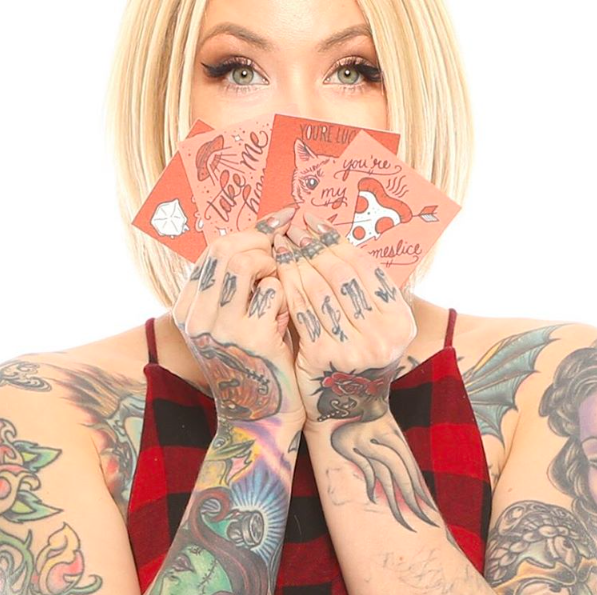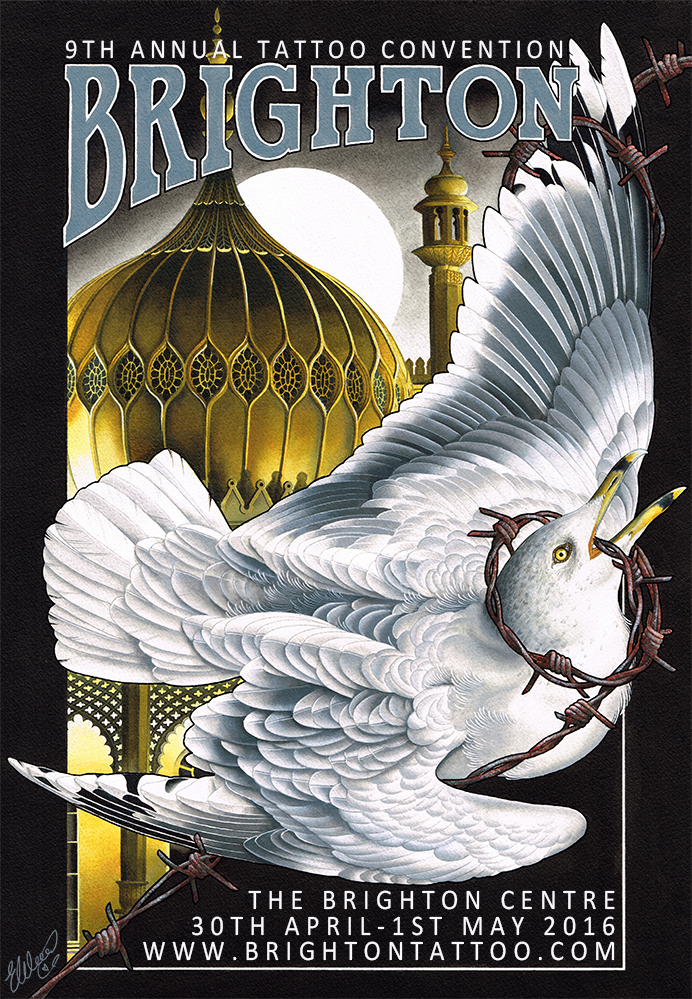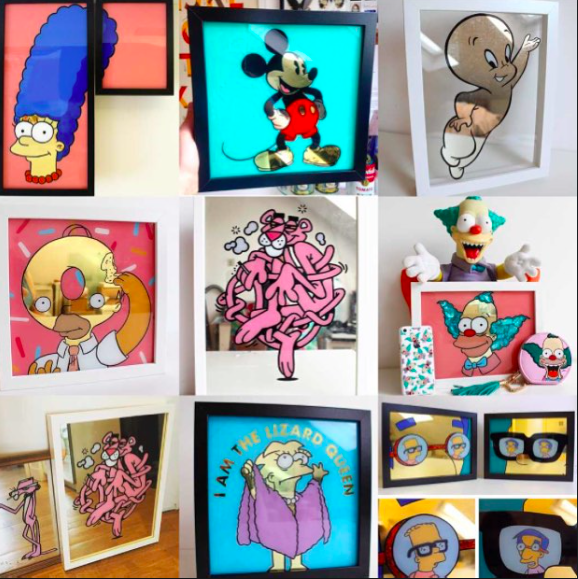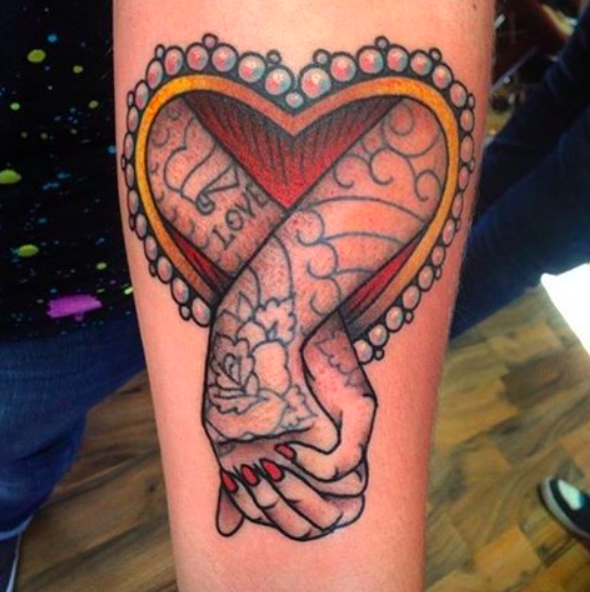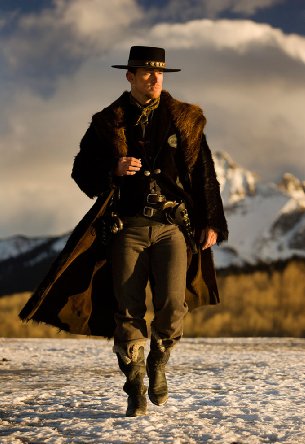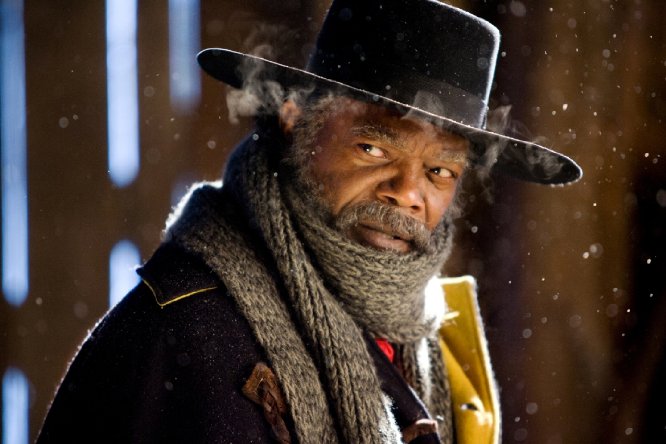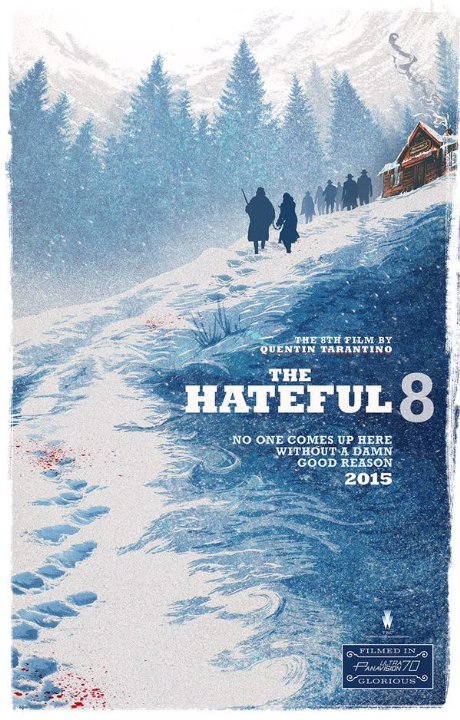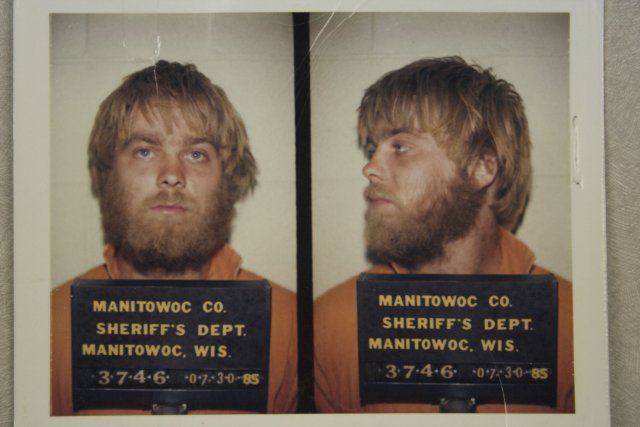Emma Copland is a 28-year-old Scottish charity support manager and blogger living in London. We chatted to Emma about how she started her blog emmainks.com and her tattoo collection…
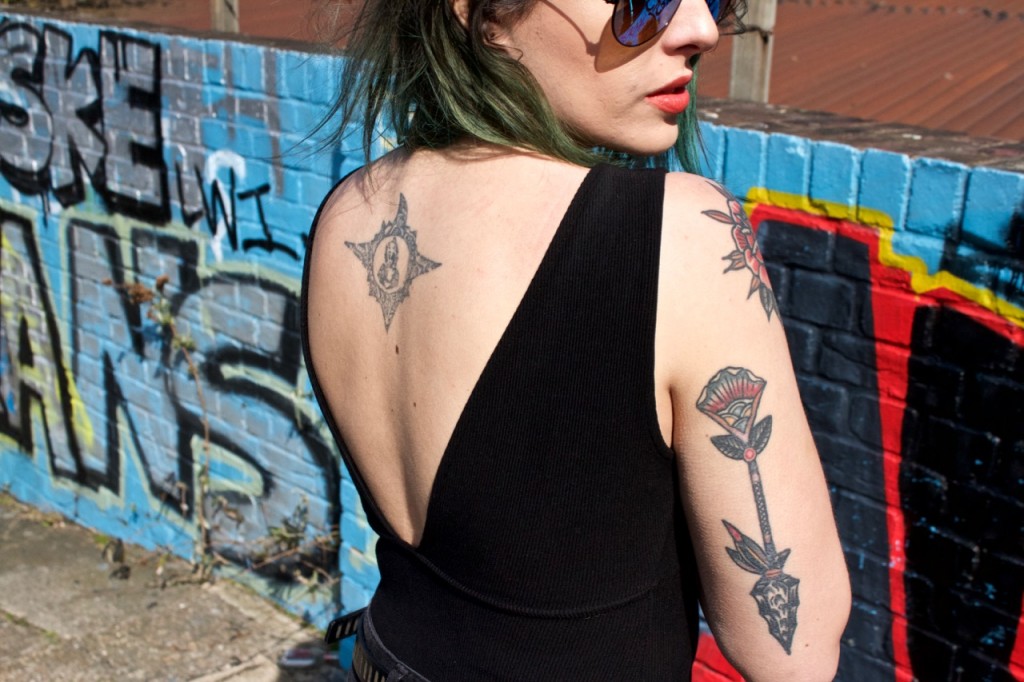
When did you start blogging, how did you get into it? I had a secret blog that was a scrapbook of my life but it was October 2014 when I officially started Emma Inks. The combination of living in London and my passion for travel meant friends were always asking for recommendations so I started promoting my posts, hoping that other people might find my ramblings useful too.
What kinds of things do you blog about? My blog is a reflection of me so it is a bit all over the place with posts on: London life, travel, vegetarian food, style, beauty and any other random thoughts I have.
How would you describe your style? I am not one to follow trends; I just wear what makes me feel comfortable, which often includes lots of leather, ripped denim, vintage rock t-shirts, black, and leopard print. I often end up looking like I have just been thrown out of an American dive bar. My style is mainly influenced by rock music, movies, Cher and people I see on the street.
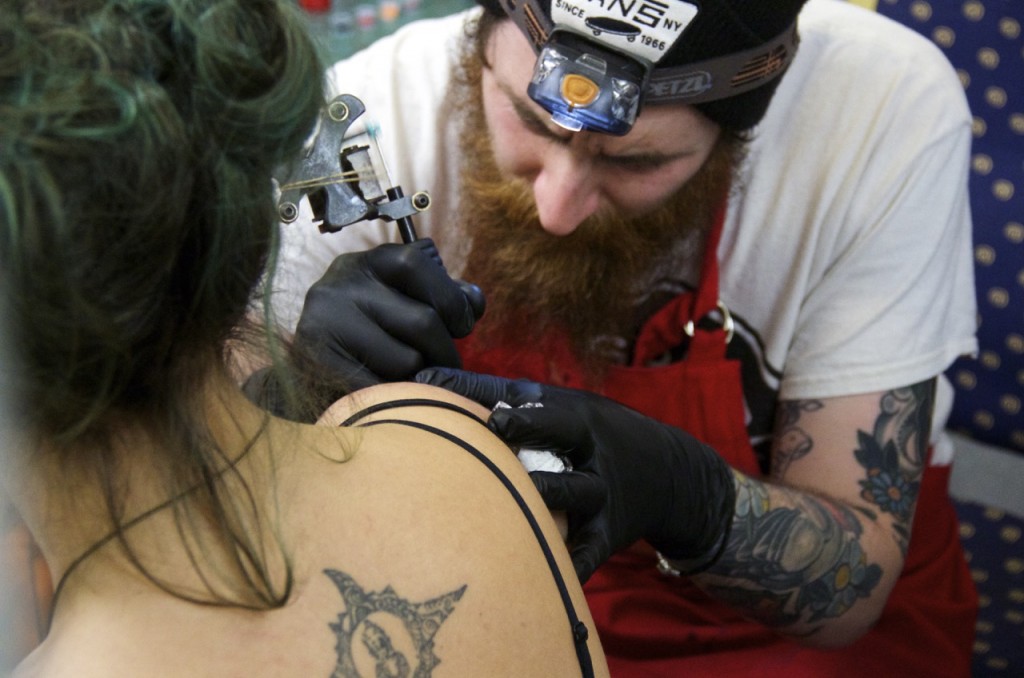
What inspires you? I am inspired by many things, but mainly travel and people who are not afraid to be themselves. I love people who make their own path instead of following the crowd or doing what is expected of them.
Do you have a favourite designer or artist? There are so many talented artists; a few of my current favourite tattoo artists include Kirk Jones, Kelly Violence, Dani Queipo, Henbo, Rebecca Vincent, Cally-Jo, Hannah Pixie Sykes, and my gorgeous friend Nikki Nairns. They are all high on my list of people I would love to be tattooed by.
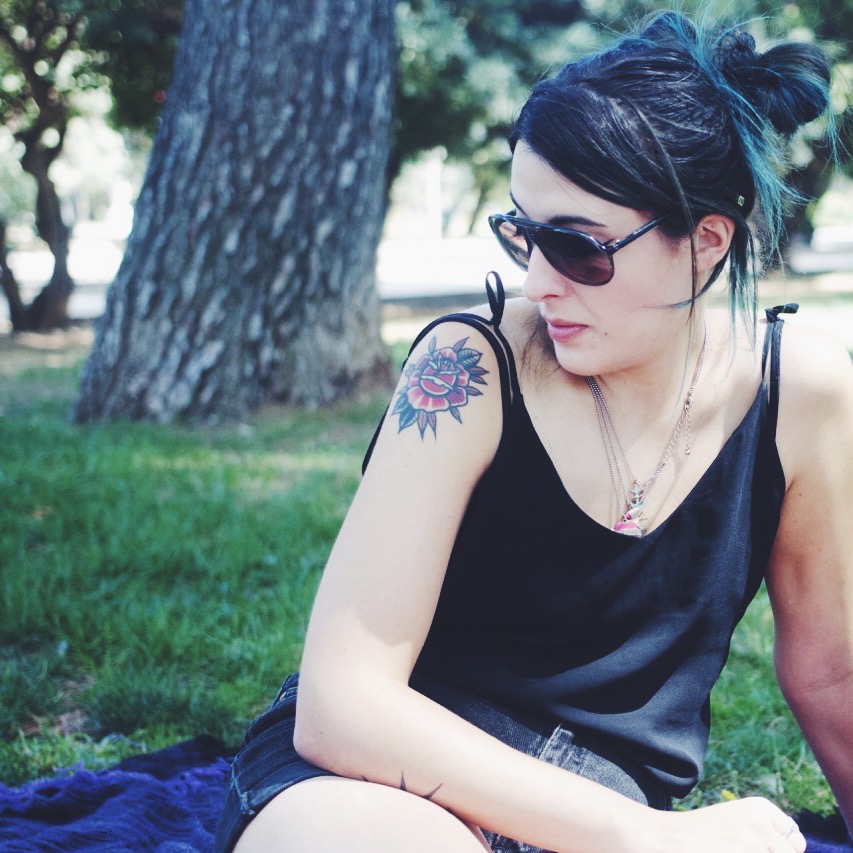
When did you get your first tattoo? Do you still love it? I got my first tattoo just after turning 18. It was bought by my two best friends before I went on my first solo backpacking trip and was a meant to be a heart/thistle representing our friendship and my Scottish roots.
These days it looks more like a club stamp I have not washed off and has a scar right through the middle of it after I broke my wrist snowboarding. It is definitely not a piece of art, but it reminds me of an amazing time in my life, being young and reckless so I don’t think I will ever get it covered.
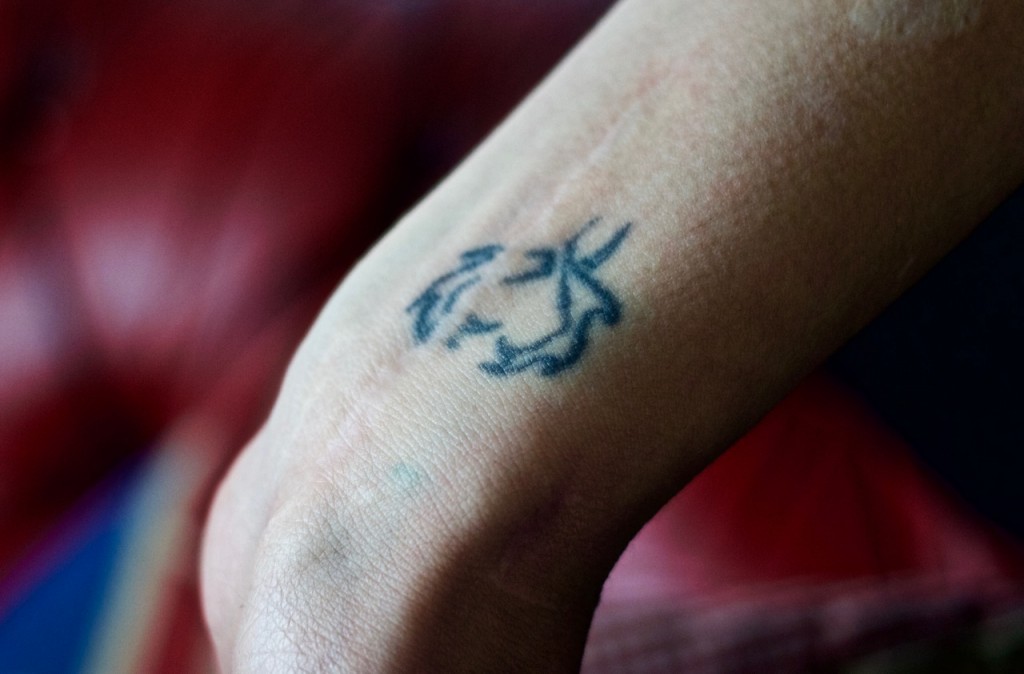
Tell us about your tattoos? I started getting tattoos at 18 and went with the tribal style which was common at the time. I had my aforementioned club stamp on my wrist and a hand drawn sun on my back within the same year. The back tattoo was meant to represent my backpacking trip around South-east Asia, Australia, and New Zealand, though I still like it I am thinking about getting the Buddha in the centre covered up as I don’t want any religious symbolism in my tattoos.
When I was a poor student I couldn’t afford new tattoos but I did plenty of research and started to get into more traditional, colourful pieces. I got my anchor by Frank Paradiso in Tattoo Peter, Amsterdam’s oldest tattoo shop. I loved the style and vibrancy so much I got my second traditional tattoo by his colleague, Bill Loika, at Brighton Tattoo Convention. You could tell Bill has been a tattoo artist for years as my swallow inking was super speedy, yet beautifully executed.
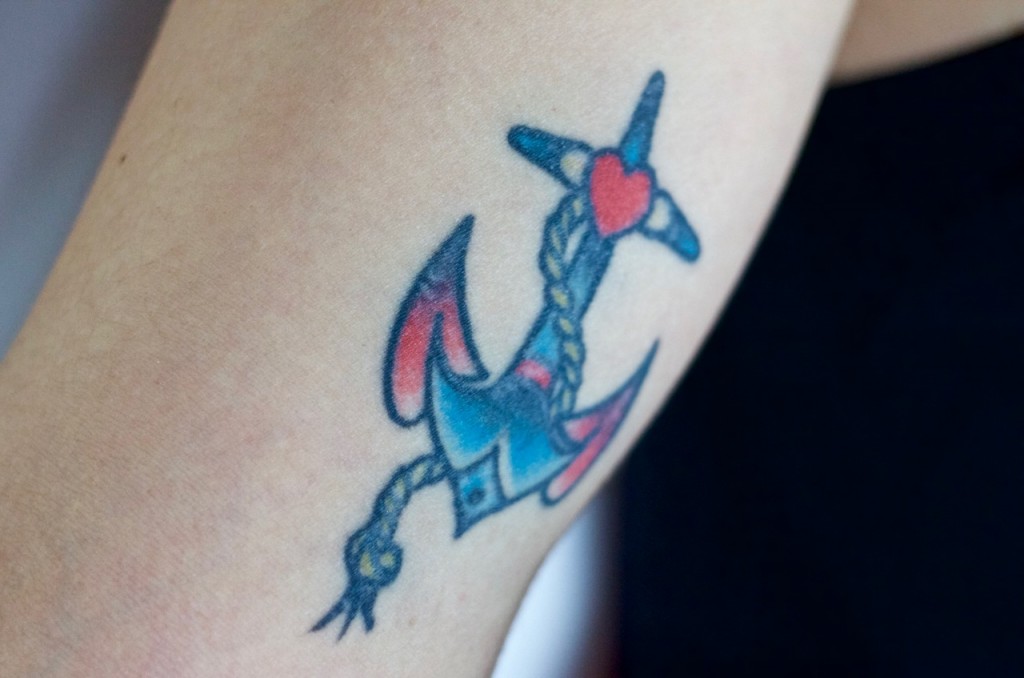
A year later I promised myself that I was just going to look at the artwork at the same convention but after seeing Adam Cornish’s flash I couldn’t resist and got the rose on my shoulder.
The most recent piece was done by Harry Harvey at Vagabond in East London, the arrow was my idea but Harry took it to the next level and I was so pleased with the final design.
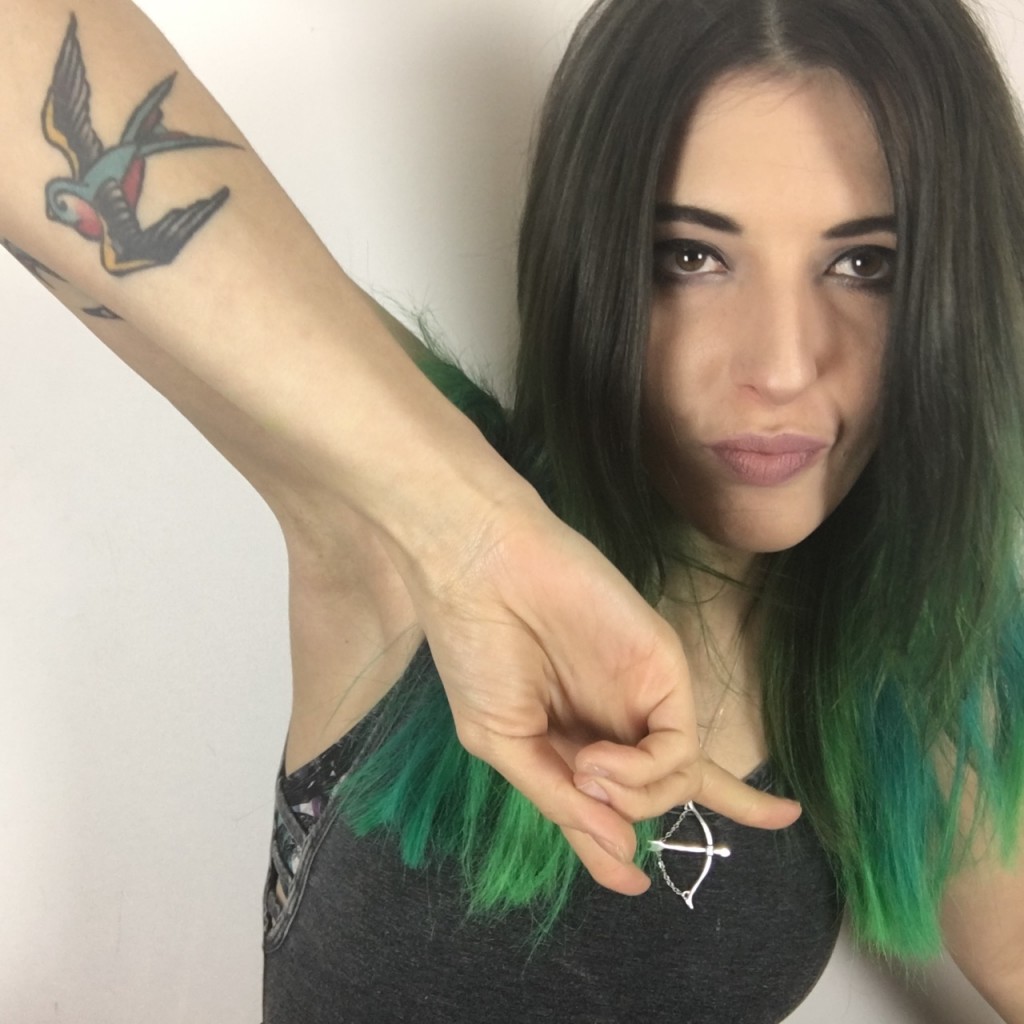
Do you have any future tattoo plans? I definitely want many more tattoos, I know that I want to continue with a few more traditional pieces on my right arm but I also want to start on some more detailed blackwork on my left leg. I would have more right now but unfortunately money is in the way of my grand plans.
Do you consider yourself a tattoo collector? Yes, I would say so. I love having a range of art by different people on my body.
What reactions do your tattoos get? I have had a mixture of positive and negative reactions to my tattoos. I think mainly people are just inquisitive so I really don’t mind answering their questions, even though they often get repetitive. The one which I get asked all the time that does get on my nerves is “What does your boyfriend [who has no tattoos] think?”. It kind of implies that my body is not mine to do what I want with and also that tattoos make me unattractive. It is never meant with malice but usually has an undertone of disapproval. People’s reactions don’t really bother me as I love my tattoos, and that’s all that really matters.
